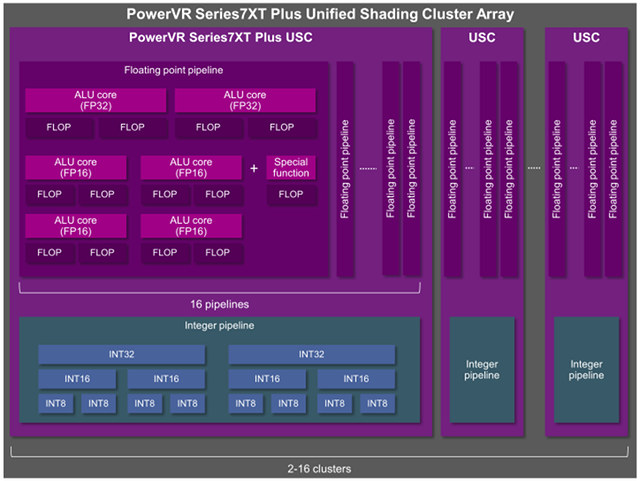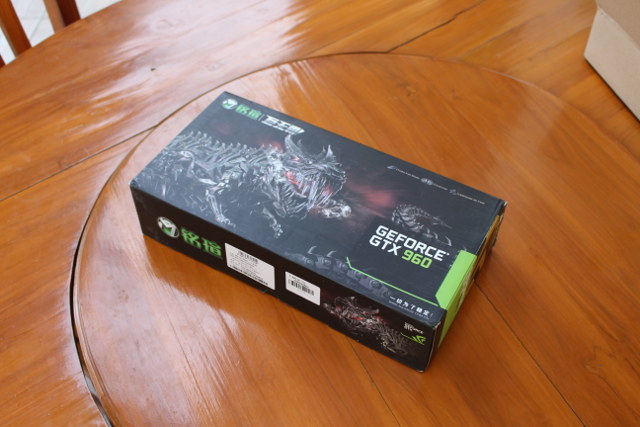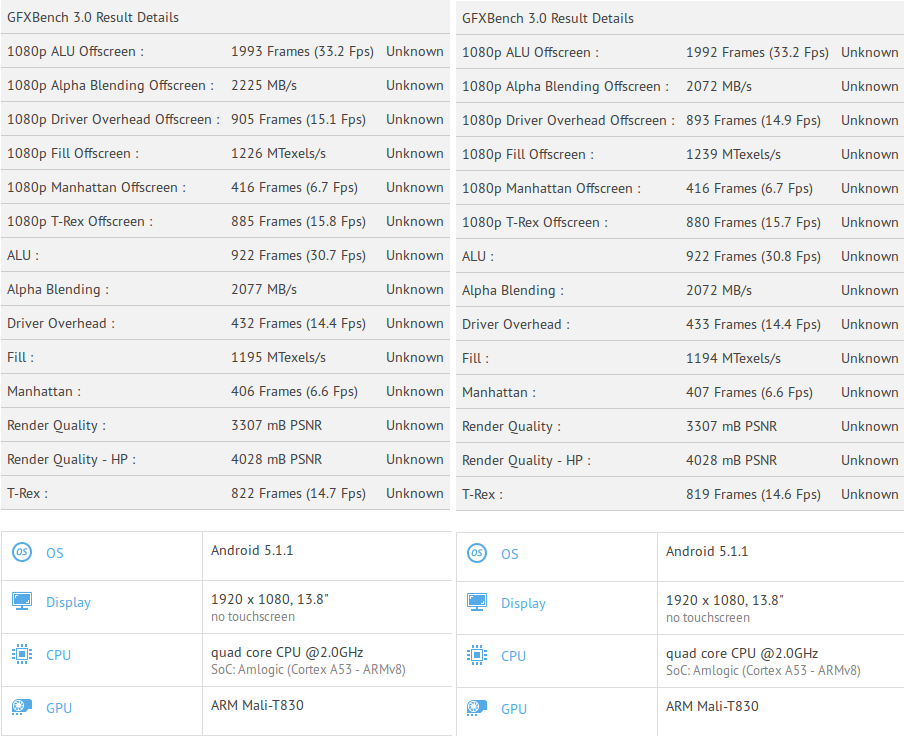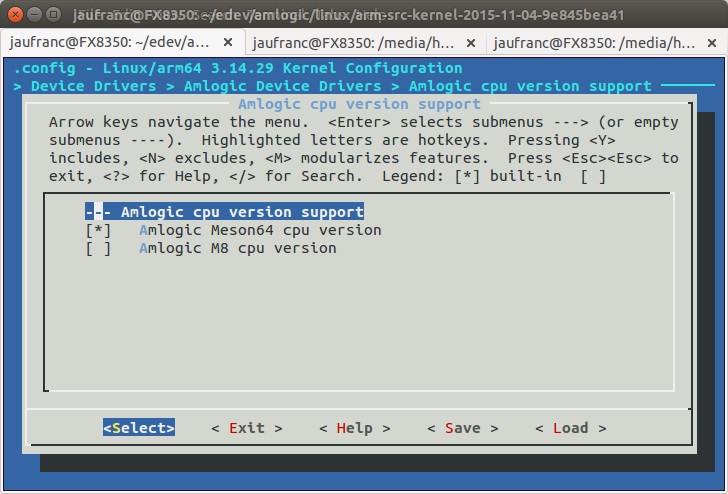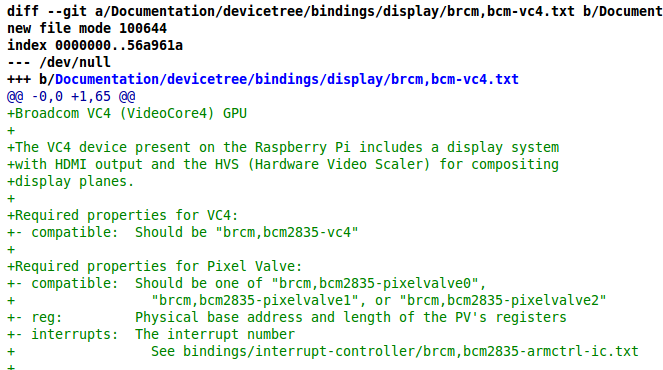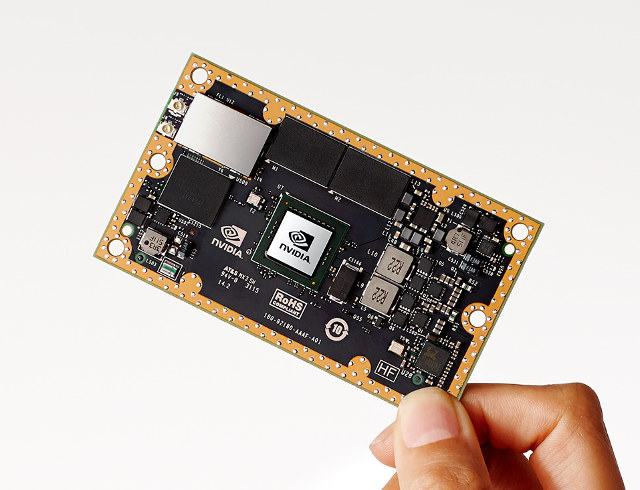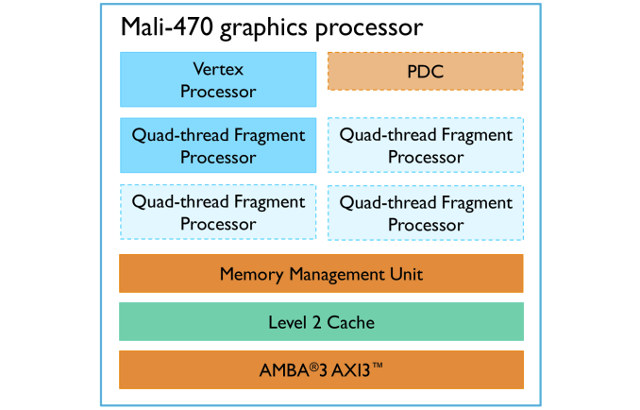Imagination Technologies introduced PowerVR Series7XT GPU family with up to 512 cores at the end of 2014, and at CES 2016, they’ve announced Series7XT Plus family with GT7200 Plus and GT7400 Plus GPUs, with many of the same features of Series7XT family, plus the addition of OpenCL 2.0 API support, and improvements for computer vision with a new Image Processing Data Master, and support for 8-bit and 16-bit integer data paths, instead of just 32-bit in the previous generation, for example leading to up to 4 times more performance for applications, e.g. deep learning, leveraging OpenVX computer vision API. GT7200 Plus GPU features 64 ALU cores in two clusters, and GT7400 Plus 128 ALU cores in a quad-cluster configuration. Beside OpenCL2.0, and improvements for computer vision, they still support OpenGL ES 3.2, Vulkan, hardware virtualization, advanced security, and more. The company has also made some microarchitectural enhancements to improve performance […]
Maxsun MS-GTX960 Nvidia GTX960 Graphics Card Unboxing and Installation
When I wrote an article about H.265 and VP9 video encoding, I noticed only the second generation Maxwell Nvidia Graphics would support H.265 decoding (up to 500 fps) and HDMI 2.0 output, a few weeks after purchasing a first generation Nvidia GTX750 GPU… So when GearBest contacted me about Graphics cards reviews I said I would be interesting in HDMI 2.0 and H.265 capable graphics card, which I meant I had to get a card with Nvidia GM20x chip with the cheapest being GTX960. So the company agreed to send me Maxsun MS-GTX960 graphics card matching my requirements for $240.04. I won’t use it for gaming at all, but instead I plan to use the card to evaluate Kodi 16.x 4K H.265 and VP9 support and compare video performance to the cheap and low power Amlogic S905 TV boxes on the market, as well as try out H.265 video encoding, […]
Amlogic S912 Processor Could Feature an ARM Mali-T830 GPU
Amlogic S912 launch has been delayed by a few months, and if we are to believe the data from GFXBench (test 1; test 2), the reason could be that they switched the design from a Mali-T7xx GPU to a more powerful Mali-T830 GPU. S912 processor is still based on four Cortex A53 core @ up to 2.0 GHz like in S905, but the GPU will be much more powerful. One person noticed these results and wrote an analysis and comparison (in Korean) against the Mali-860MP2 GPU found in Mediatek MT6755 SoC (Helio P10) SoC. Offscreen Manhattan 3.1 Manhattan T-Rex ALU ALU2 Fillrate Texturing MT6755 4.8 7.2 17.2 6.0 1012 S912 4.4 7.0 16.3 34.7 5.3 1283 1000 So while Mali-860MP2 is faster for all listed benchmark the advantage is not that great. His analysis compared benchmarks (read post for details) concludes that the GPU in S912 could be clocked at […]
Amlogic S905 Source Code Published – Linux, U-Boot, Mali-450 GPU and Other Drivers
Amlogic has an open linux website where they regurlarly release GPL source code, and with Amlogic S905 devices coming to market, they’ve released a few tarballs at the beginning of the month including Linux 3.14 source code, U-boot source code, and Mali-450MP GPU kernel source code (obviously not userspace), as well as some other drivers for WiFi, NAND flash, PMU, TVIN, etc… Let’s get to the download links: Linux 3.14.29 source code U-boot 2015.01 GPU drivers for ARM Mali-450MP Broadcom and Realtek Wifi drivers and firmware (November 4, 2015) can be found @ http://openlinux.amlogic.com:8000/download/ARM/wifi/. Other kernel modules (November 4, 2015) @ http://openlinux.amlogic.com:8000/download/ARM/modules/. I quickly tried to build the Linux source. If you’ve never build a 64-bit ARM kernel or app before, you’ll fist need to install the toolchain. I installed the one provided with Ubuntu 14.04:
|
1 |
sudo apt-get install gcc-aarch64-linux-gnu |
Now extract the tarball and enter the source directory:
|
1 2 |
tar xvf arm-src-kernel-2015-11-04-9e845bea41.tar.gz cd arm-src-kernel-2015-11-04-9e845bea41 |
At first I […]
Raspberry Pi’s VideoCore 4 GPU Driver Added to Linux Mainline in Kernel 4.4
While your x86 and AMD64 computer will usually boot with Linux mainline without issues, most ARM boards and device won’t, and many of the ones that do boot only support headless mode, and limited functionalities. The Raspberry Pi had been supporting HDMI output with a simple framebuffer for a while, but a developer working on the Videocore 4 (VC4) GPU found inside Broadcom BCM2835 and BCM2836 processors, has recently submitted a patchset to add VC4 GPU to Linux mainline that should make it to Linux 4.4. The commit message does mention some features are still missing, but it’s a start: This pull request introduces the vc4 driver, for kernel modesetting on the Raspberry Pi (bcm2835/bcm2836 architectures). It currently supports a display plane and cursor on the HDMI output. The driver doesn’t do 3D, power management, or overlay planes yet. Via Golem and Sanders. Jean-Luc Aufranc (CNXSoft)Jean-Luc started CNX Software in […]
Nvidia Tegra X1 Development Board is Finally Available… for $599
When Nvidia introduced Nvidia Tegra X1 octa processor with a 256-core Maxwell GPU at the very beginning of the year, I was expecting Jetson TX1 is follow suit in the next few months, but instead the company launched Nvidia Shield Android TV box based on the processor. The company has now launched Jetson TX1 module and development board. Let’s check the module first and its main specifications and features: SoC – Nvidia Tegra X1 octa core processor with 4x ARM Cortex A57 cores, 4x ARM Cortex A53 cores, and a 256-core Maxwell GPU System Memory – 4GB LPDDR4 (25.6 gigabits/second) Storage – 16GB eMMC Connectivity – 802.11ac 2×2 Bluetooth ready, Gigabit Ethernet Video – 4K video encode and decode Camera – Support for 1400 megapixels/second Dimensions – 50mm x 87mm The module support Linux4Tegra operating system based on Ubuntu. Libraries and drivers to leverage the Maxwell GPU include cuDNN CUDA-accelerated […]
ARM Introduces Mali-470 GPU for Wearables, IoT and Embedded Applications
Mali-400 was announced in 2008, and since then has been used in various SoCs for smartphone, but now it’s mostly replaced by Mali-450 GPU in low cost mobile and STB SoCs, although Mali-400 is still being implemented in new SoCs such as Rockchip RK3128 processor. ARM has been working on a lower power version of the GPU, and just unveiled Mali-470 GPU targeting wearables, as well as embedded and IoT applications. Mali-470 GPU is said to use the same memory and AMBA interfaces as Mali-400, while keeping some of the improvements brought to Mali-450 GPU, and further lowering power consumption to just half of that Mali-400 in terms of mW per frames per second. Just like its predecessors, Mali-470 supports OpenGL ES 2.0, and like Mali-400 it will scale from 1 to 4 fragment processor, always combined with one single vertex processor. Mali-470MP1 is likely to be used in wearables […]
ARM TechCon 2015 Schedule – IoT, Servers, 64-bit ARM, Power Usage Optimization, and More
The ARM Technology Conference (ARM TechCon) will take place on November 10 – 12, 2015, in Santa Clara Convention Center, and just like every year, there will be a free exposition for companies to showcase their latest innovation and/or products, as well as a technical conference with sessions and workshops sorted into various tracks: Automotive/Embedded Vision Embedded IoT Mobile/Connectivity Networking Infrastructure/Servers Tools & Implementation Wearables/Sensors ARM Training Day Sponsored Vendor Training Special Event General Event Software Developers Workshop You can find the complete schedule on ARM TechCon website. Although I won’t attend, I’ve created my own virtual schedule with some of the sessions I found interesting. Tuesday – November 10 8:30 – 9:20 – ARM Vision for Thermal Management and Energy Aware Scheduling on Linux by Ian Rickards (ARM), Charles Garcia-Tobin (ARM), Bobby Batacharia (ARM) This talk will cover the history and where are we going, for ARM’s Power Software (IPA, […]


